Some dogs possess a Houdini-like ability to escape from seemingly secure spaces, turning the task of keeping them safely contained into a significant challenge for their owners. This escapologist tendency can be attributed to various factors, including the dog’s intelligence, athleticism, determination, or simply a strong desire to explore beyond the confines of their home or yard. While nearly any dog might attempt to escape if given the motivation, certain breeds are renowned for their escape artist antics, often leaving their bewildered owners to ponder how they managed to outwit security measures. This article will explore seven dog breeds known for their expert escape artistry, delving into the reasons behind their escapades and offering advice on how to thwart their attempts at freedom.
1. Siberian Husky
Siberian Huskies are perhaps the most notorious escape artists in the canine world. Bred to run long distances across the Siberian tundra, these dogs possess an innate desire to roam. Their intelligence and physical ability enable them to overcome obstacles such as high fences, which they can jump or climb, and dig under with ease. Huskies are also known to manipulate latches and open gates. Keeping a Husky contained requires secure, high fencing with no footholds, buried baseboards to prevent digging, and locks on gates. Providing ample exercise and mental stimulation can also help curb their wanderlust.
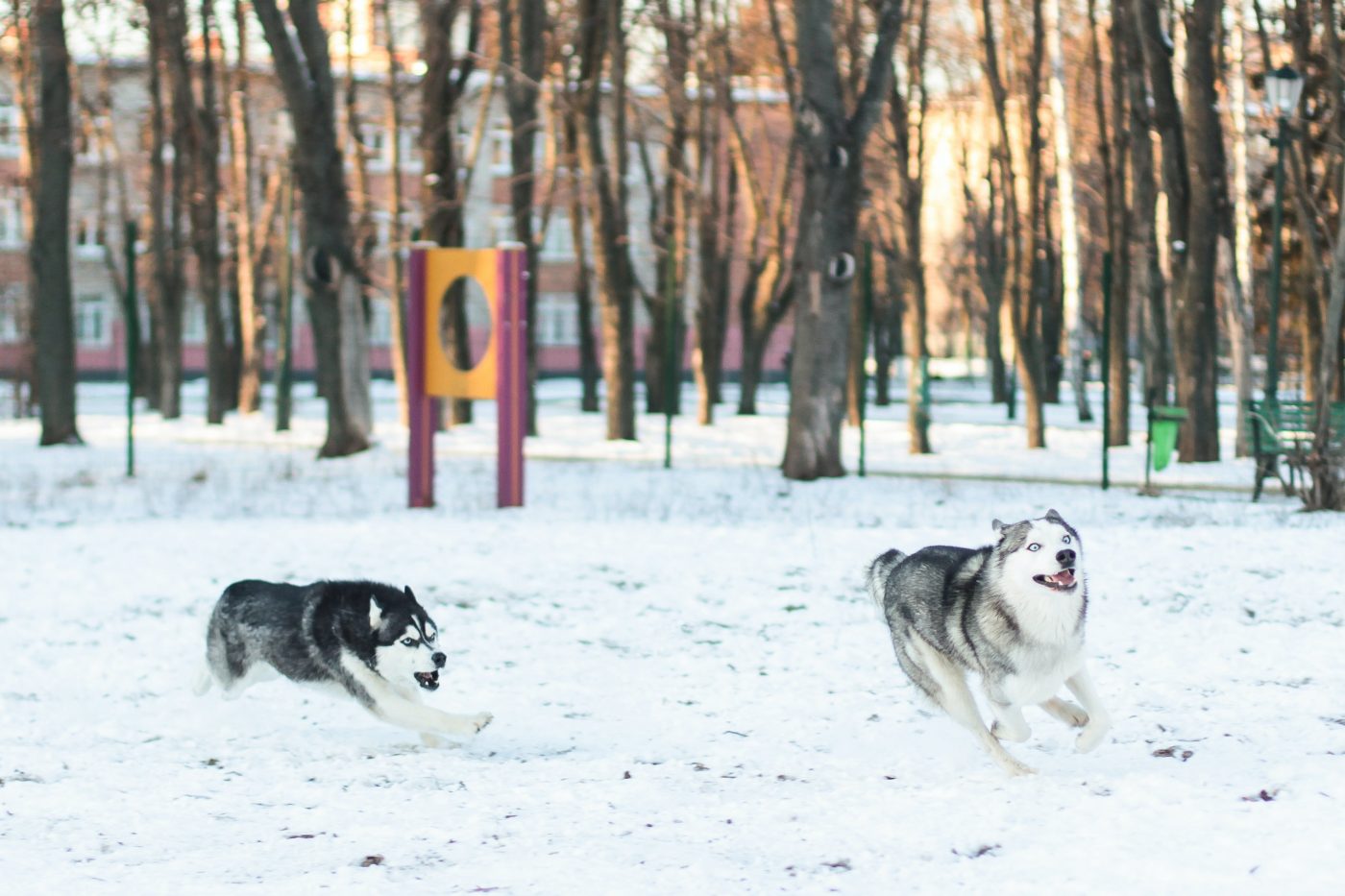
2. Alaskan Malamute
Alaskan Malamutes share many traits with their Husky cousins, including a propensity for escaping. These powerful dogs were bred to pull sledges over vast, icy landscapes, and they have retained their ancestors’ strong instincts to roam. Malamutes are skilled diggers and can use their strength to push through weak spots in fences or barriers. Ensuring a Malamute’s enclosure is secure involves installing tall, robust fencing with reinforcements at the base and regular checks for potential escape points. Engaging them with regular, vigorous exercise and interactive play can help satisfy their need for activity and reduce escape attempts.
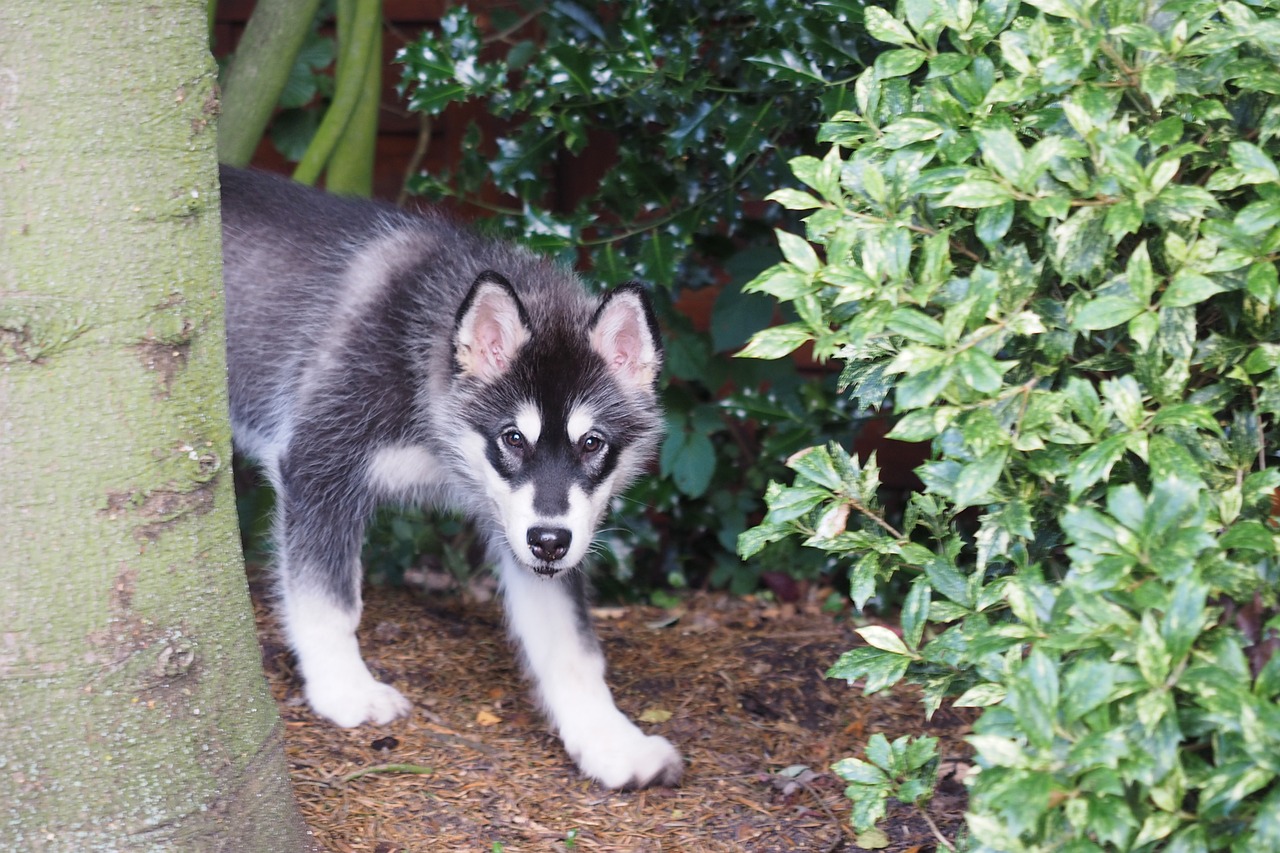
3. German Shepherd
German Shepherds are highly intelligent and versatile dogs, traits that can sometimes be directed towards finding ways to escape from confined spaces. Their problem-solving skills, combined with their athleticism, make them capable of overcoming many types of barriers. German Shepherds may escape due to boredom, separation anxiety, or the simple desire to explore. Providing a secure, engaging environment for them is crucial, including high fences that cannot be easily climbed and enrichment activities to keep their minds active. Training and socialization can also help manage anxiety-driven escape attempts.
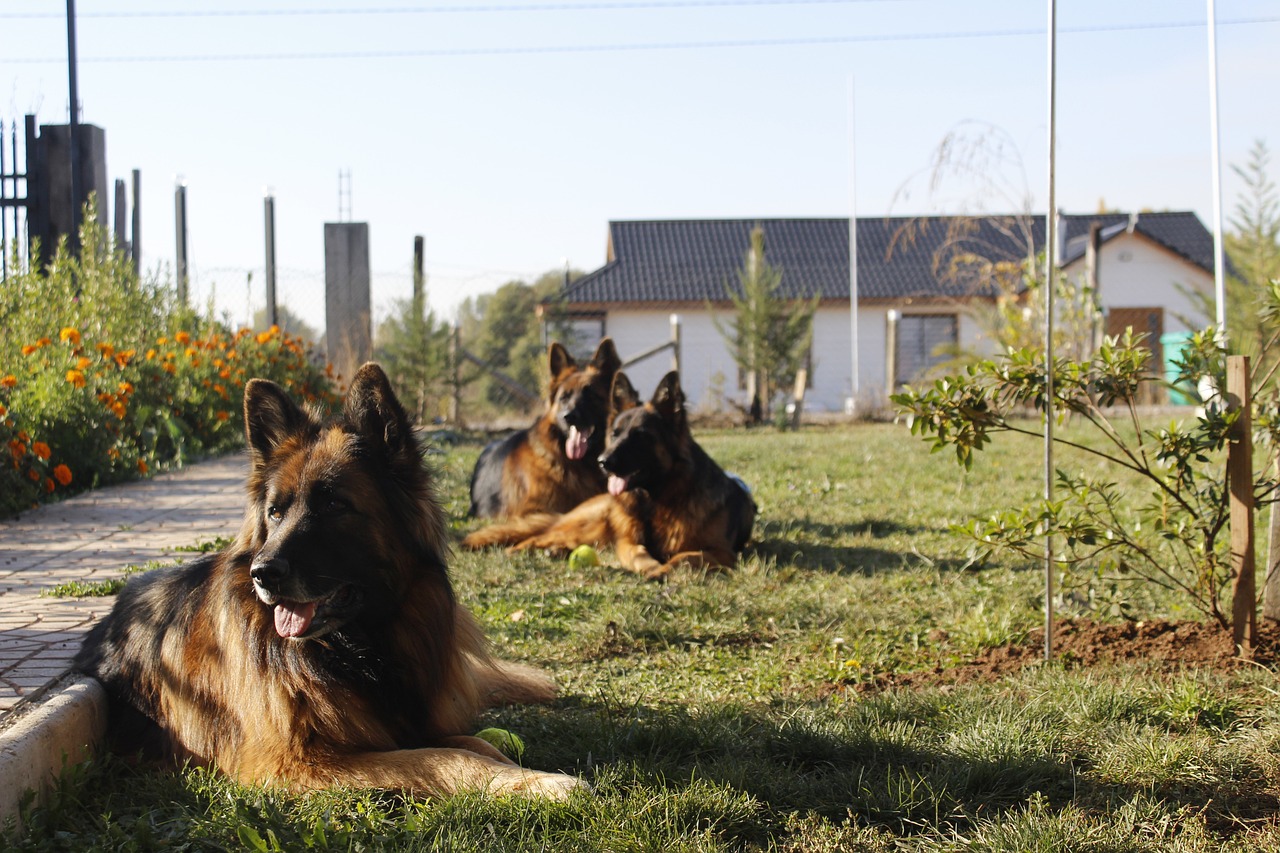
4. Beagle
Beagles are scent hounds with a strong instinct to follow their noses, which can often lead them straight out of the safety of their homes in pursuit of an interesting scent. Their small size and determination can make them surprisingly adept at squeezing through small gaps or creating their escape routes. Beagle-proofing a yard involves ensuring that fences are high enough and free of gaps at the base, and gates are securely latched. Providing scent-based games and activities within the yard can help satisfy their tracking instincts in a safe and controlled manner.

5. Jack Russell Terrier
Jack Russell Terriers are small, energetic dogs with an outsized sense of adventure. Their tenacity, combined with their agility, allows them to exploit any weakness in their enclosure, whether it involves digging under fences, squeezing through small gaps, or even climbing over obstacles. Jack Russells are often motivated by the pursuit of prey or the excitement of exploration. To keep them contained, owners should consider buried barriers to prevent digging, tight-fitting gates, and ample opportunities for physical and mental exercise to reduce their desire to escape.

6. Border Collie
Border Collies are known for their extraordinary intelligence and work ethic, but these traits can also drive them to seek escape if they’re not sufficiently challenged. Boredom is a common motivator for escape attempts in this breed, as they require significant mental and physical stimulation. Secure fencing that they cannot jump over or dig under is essential, as it provides a variety of interactive toys and activities to keep their minds engaged. Participation in dog sports like agility or herding can also help channel their energy and intelligence in positive ways.
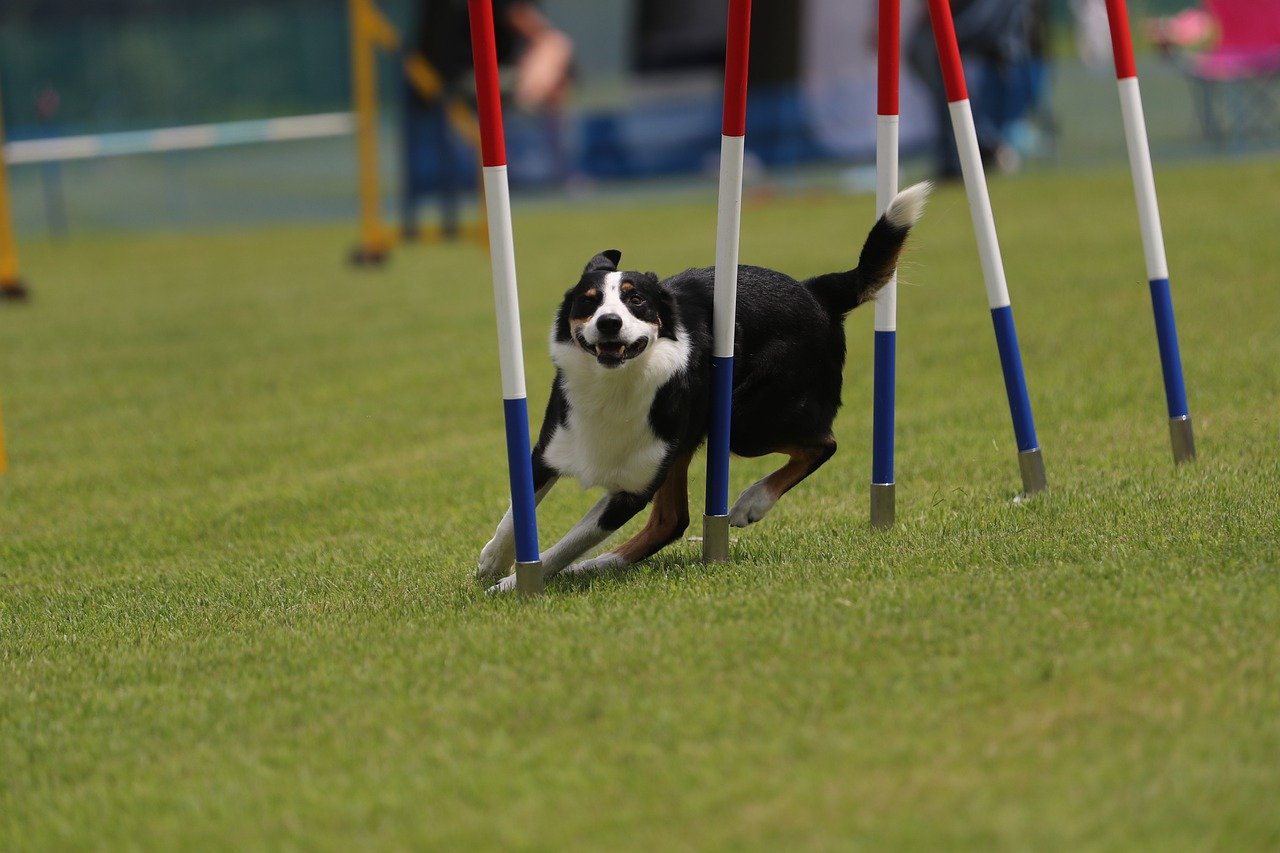
7. Whippet
Whippets are sighthounds with a strong prey drive and the speed to match. They can be motivated to escape by the sight of small animals or simply the desire to run. While they may not be as prone to digging or climbing as some other breeds, their slender bodies can fit through surprisingly small gaps, and they can jump higher than their size would suggest. Ensuring that fencing is secure, without gaps and tall enough to prevent jumping, is key. Providing regular, safe opportunities for them to run in enclosed areas can help satisfy their need for speed.
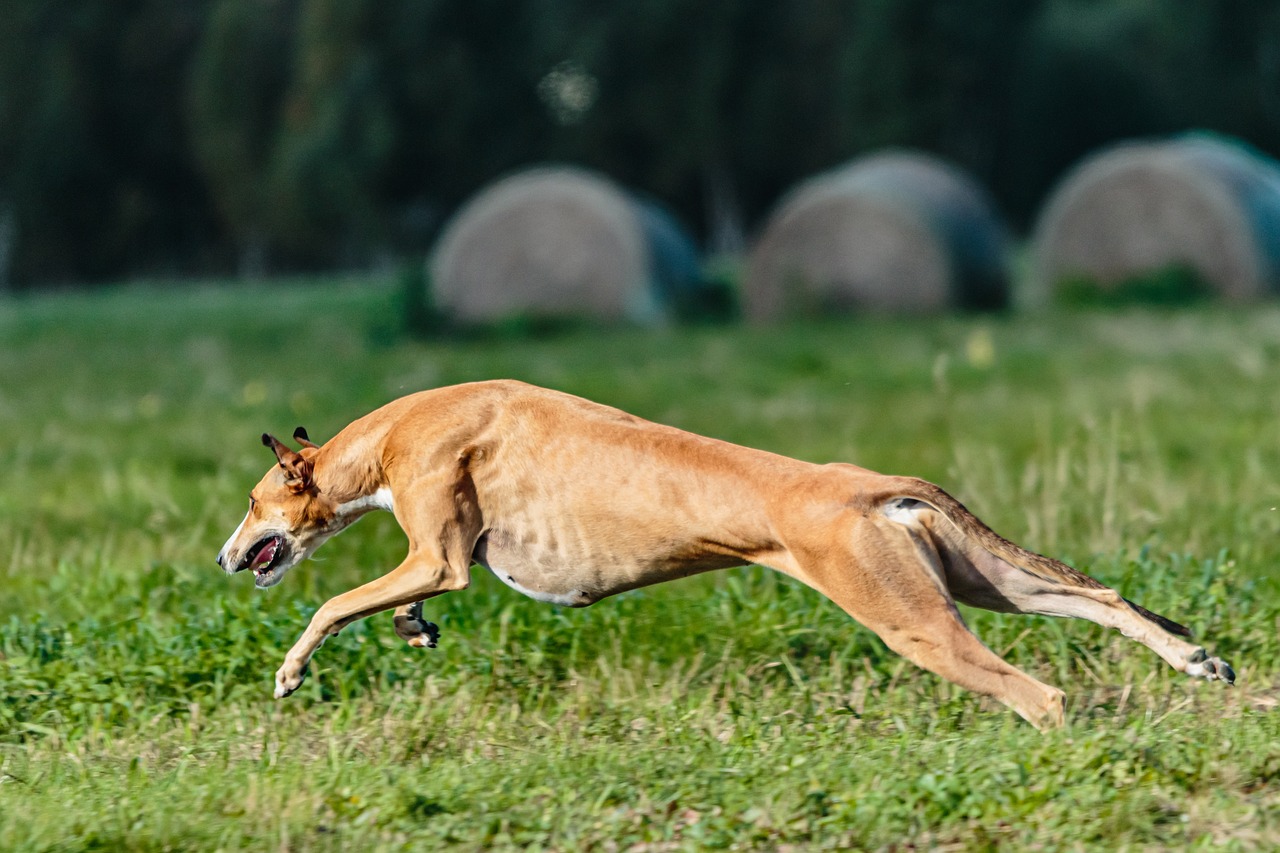
The breeds discussed above, renowned for their escape artist tendencies, pose unique challenges to their owners in terms of containment and safety. From the high-flying leaps of the Siberian Husky to the determined digging of the Alaskan Malamute, each breed requires a tailored approach to prevent escapes. Ensuring physical containment through secure fencing and barriers is crucial but equally important is addressing the underlying motivations for escape, such as boredom, prey drive, or the need for physical activity. By providing mental stimulation, sufficient exercise, and attention to their specific needs, owners can help keep these adventurous breeds safely at home.
 Toledo, United States.
Toledo, United States.
